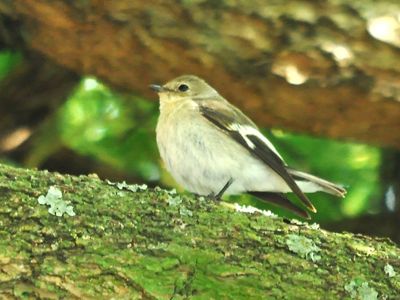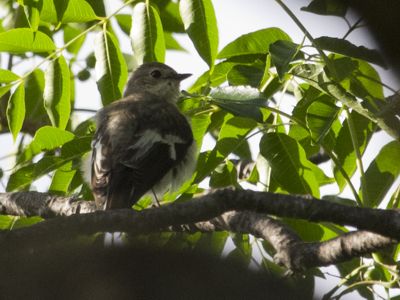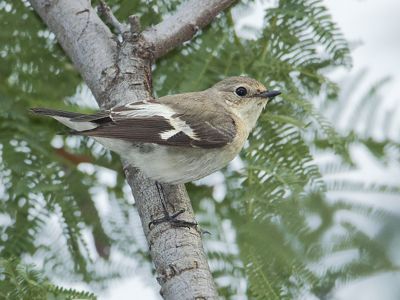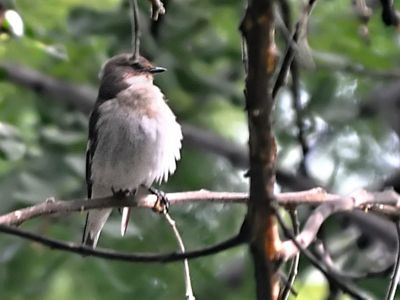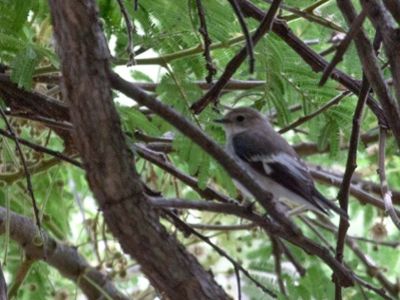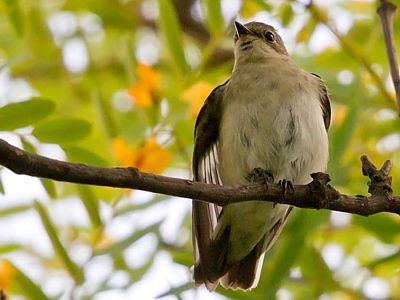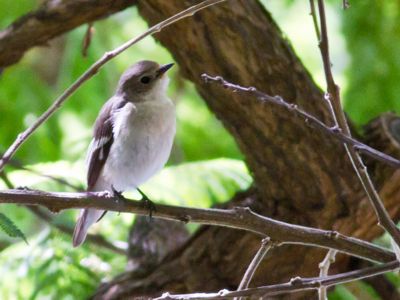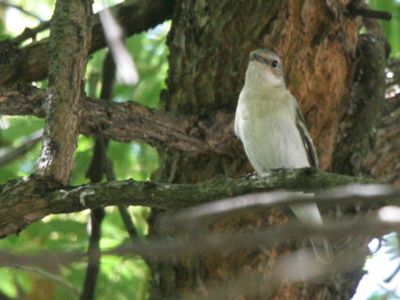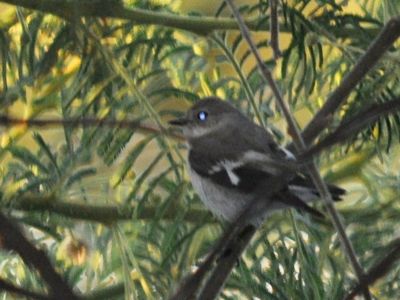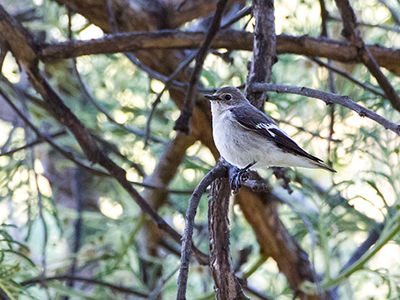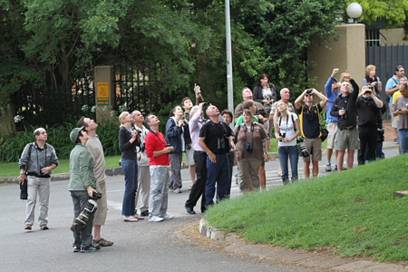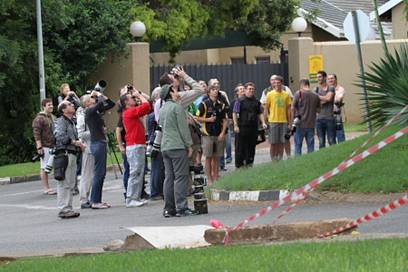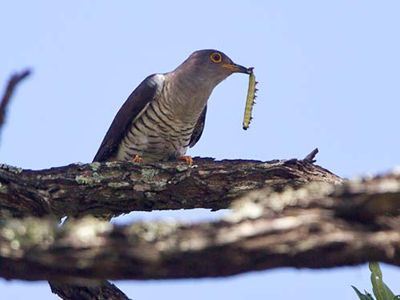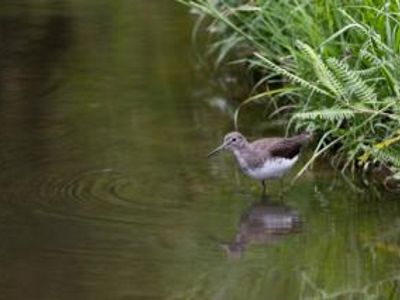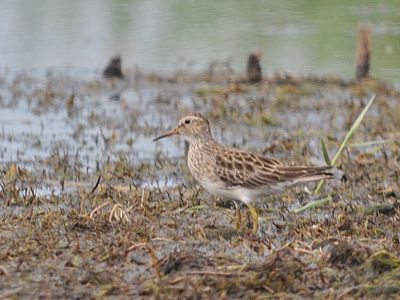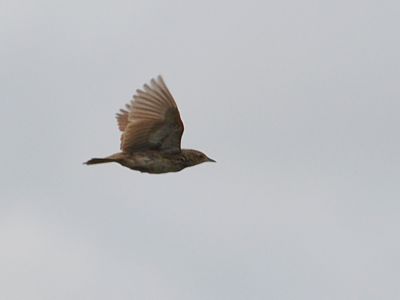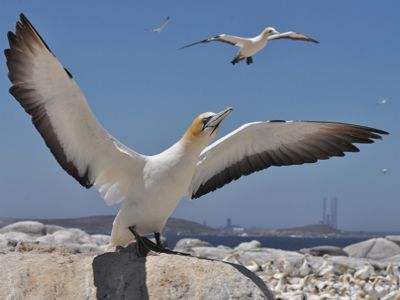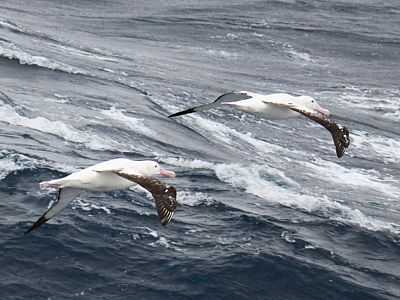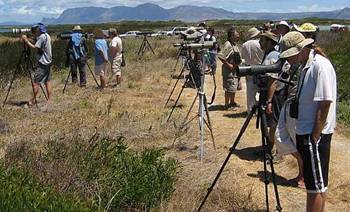SA Rare Bird News Report - 06 December 2012
Trevor Hardaker
| ||
| ||
This is the Southern African Rare Bird News Report issued at 20h00 on Thursday, 06 December 2012. Information has been gleaned from various websites, email groups as well as from individual observers who have passed on their sightings. This report cannot be taken as being totally comprehensive as it is based only on information made available at the time of writing. All bird sightings reported here are reported in good faith based on information as provided by the observers. Any inaccuracies are totally unintentional and the writer cannot be held liable for these. For those who may have only joined the group recently and are interested in finding out what has been seen in the past, previous reports can be viewed at http://groups.google.co.za/group/sa-rarebirdnews | ||
|
| |
Well, it’s been all about Gauteng in the last couple of days…
It all started just after 17h00 on Tuesday afternoon. I was sitting in the usual rush hour traffic when my phone went off indicating a sms had just arrived. It was from Malcolm Wilson, so I opened it and read the following: "Just had a COLLARED FLYCATCHER here in my garden in Jo'burg." What...?! I immediately got in touch with Malcolm to get more info - he had seen the bird briefly, got some record shots and then it disappeared. But then another message a few minutes later to say that it was back! I quickly phoned him and asked whether he was aware of what was going to happen when I put this news out - he was going to be swamped for access to his property! He didn't seem to mind at all and was quite happy to allow anyone who might be interested into their garden.
At this stage, it was already 17h30 and, knowing that is gets dark a lot earlier in Gauteng than down in the Cape, I quickly pulled over to the side of the road to type out an alert on my phone to give people the best possible chance to get there quickly and connect with the bird. I'm assuming the reaction on the other side of the country was pretty frantic when the alert was received, but it didn't take long for the first twitchers to arrive and, before too long, the street of the otherwise quiet leafy suburb was jam-packed with cars and people. My phone started working like a hotline as people phoned and sms'ed through to confirm that they had connected with the bird. Unfortunately, there were also numbers who received the message too late or just couldn't get there in time and so, for many, Tuesday night seemed to take forever.
At sparrows on Wednesday, some 50 or more people were already gathered again at Malcolm's home and it didn't take too long for the bird to show itself again. It continued to show itself throughout yesterday and was still present throughout today as well. The gracious hosts, Malcolm and Irma Wilson, have indicated that close to 500 birders have now been through their property to look for the bird, quite an astounding number of people to have traipsing through your garden, so they really deserve a big words of thanks for that. Malcolm also had the following to say after their experiences with the largest volumes of twitchers on Wednesday:
It was really great meeting you all, had a wonderful day chatting, helping folks get onto the bird and would just like to say how humbled I was to have experienced such good manners and politeness, great bunch of folks.
One also had to be careful of the identification of this bird as there are 2 other superficially similar looking birds which could also, in theory, get to Southern Africa, Pied and Semi-collared Flycatchers. Close inspection of the extent and position of the white edging to the wing feathers and amount of white on the tail all serve to confirm it as a Collared though. Ageing and sexing this bird is a whole different kettle of fish though and I have studied all of the images sent to me and remain a little perplexed. I strongly suspect that it is a young immature bird (probably a 1st winter bird) and, therefore, I’m not sure that it can actually be sexed accurately from the photos. I have asked for feedback from several European birders who would hopefully know the species a lot better than myself and look forward to seeing what feedback I might get.
From what I have been able to ascertain, this would appear to only be the 9th record for SOUTH Africa - the first record was back in Nov 1974 at Nylsvlei. This was followed by birds at Umgeni River mouth in October 1979, at Mosdene Nature Reserve in March 1982, then at F. Botha Nature Reserve in Tzaneen in November 1991, Nelspruit in August 1992, Augrabies Falls in January 2002 and again in April 2007 and, most recently, in Phinda Private Game Reserve in March 2008.
Also of interest, while the large groups were gathered there to enjoy the bird late yesterday afternoon, a EUROPEAN HONEY BUZZARD glided over the property whilst another one was reported this afternoon gliding over Bredell Road in Benoni. | ||
|
| |
|
| |
Collared Flycatcher in Randburg © Johann Kritzinger | Collared Flycatcher in Randburg © Matthew Axelrod | |
|
| |
|
| |
Collared Flycatcher in Randburg © Niel Cillie | Collared Flycatcher in Randburg © Neil Ebedes | |
|
| |
|
| |
Collared Flycatcher in Randburg © Alec Ryall | Collared Flycatcher in Randburg © Lizet Grobbelaar | |
|
| |
|
| |
Collared Flycatcher in Randburg © Anton Kruger | Collared Flycatcher in Randburg © Lia Steen | |
|
| |
|
| |
Collared Flycatcher in Randburg © Veronique Wolfaardt | Collared Flycatcher in Randburg © Dylan Vasapolli | |
|
| |
|
| |
Collared Flycatcher in Randburg © Martin Benadie | Collared Flycatcher in Randburg © Ken Logan | |
|
| |
|
| |
Collared Flycatcher in Randburg © Gary Cusins | Collared Flycatcher in Randburg © Wally Davey | |
|
| |
| ||
The traffic jam starts to form after the first alert is sent out on Tuesday evening… © Ian Grant | ||
|
| |
|
| |
Collared Flycatcher twitchers © Peter Sharland | Collared Flycatcher twitchers © Peter Sharland | |
|
| |
| ||
Collared Flycatcher twitchers © Jacqui Ehlers | ||
|
| |
Over in Mpumalanga, the MADAGASCAR CUCKOO that has had all the attention for the last couple of weeks in the southern Kruger National Park was still showing well along the S114 and calling incessantly on Tuesday lunch time, but despite some extensive searching yesterday and today, there has not been sight nor sound of the bird again. We will now have to wait and see where next it shows itself.
Meanwhile, down at Crocodile Bridge, the SOUTHERN BROWN-THROATED WEAVER was still around this morning just at the bridge over the river as one heads out of the camp.
Over in the Sabi Sands Game Reserve, a GREEN SANDPIPER has also been present for several days now.
Elsewhere in the province, an extensive search of the Mkhombo Dam area on Tuesday only turned up a single PECTORAL SANDPIPER. |
| |
Madagascar Cuckoo in the southern Kruger Park © Ken Logan | ||
|
| |
|
| |
Green Sandpiper at Sabi Sands Game Reserve © Ben Coley | Pectoral Sandpiper at Mkhombo Dam © Dylan Vasapolli | |
|
| |
Moving into Kwazulu Natal, several SHORT-TAILED PIPITS were still on view earlier today at Cedara whilst a LESSER SPOTTED EAGLE was reported over Nottingham Road.
In the Northern Cape, there has been a slightly delayed report last seen on 29 November of a LONG-CRESTED EAGLE on the farm Witkrantz, midway between Van Zylsrus and Askham, in the Kalahari.
Down in the Western Cape, the COMMON REDSHANK at Geelbek in the West Coast National Park was still showing well on Tuesday morning whilst, on Malgas Island in Saldahna Bay, at least 2 AUSTRALIAN GANNETS were present on Tuesday and yesterday.
And finally, in the Eastern Cape, a trawler trip operating about 50 nautical miles south of Port Elizabeth in the last few days turned up several WANDERING ALBATROSSES as well as a single SPECTACLED PETREL. | ||
|
| |
|
| |
Short-tailed Pipit at Cedara © Dylan Vasapolli | Australian Gannet on Malgas Island © Dominic Rollinson | |
|
| |
|
| |
Wandering Albatrosses south of PE © Wilfred Esau | Spectacled Petrel south of PE © Wilfred Esau | |
|
| |
Please remember to send through your details to be included on the various listing clubs that are hosted at www.zestforbirds.co.za. This website also has an extensive rarities gallery that has many additional photos of a number of rarities that are mentioned in these reports. | ||
| ||
|
| |
| ||
Thank you to all observers who have contributed their records. Please continue to send through any reports of odd birds as well as continued updates on the presence of rarities already previously reported, no matter how mundane you think they may be. Even if you think someone else has probably sent in a report, rather send the report yourself as well. The only way to improve this service and to make it as useful as possible to everyone is if it can be as comprehensive as possible. | ||
| ||
Kind regards Trevor | ||
------------------------------------------------------------------------
TREVOR HARDAKER Cape Town, South Africa
Follow our local exploits in the field at: http://hardakerwildlife.wordpress.com/
See our photos and trip reports at:
ZEST for BIRDS Pelagics, rarity photos, listing clubs and more:
SA RARE BIRD NEWS Get the latest rarity news by joining at: http://groups.google.co.za/group/sa-rarebirdnews
SOUTHERN AFRICAN RARITIES Online database of all SA rarities ----------------------------------------------------------------------- | ||
| ||


